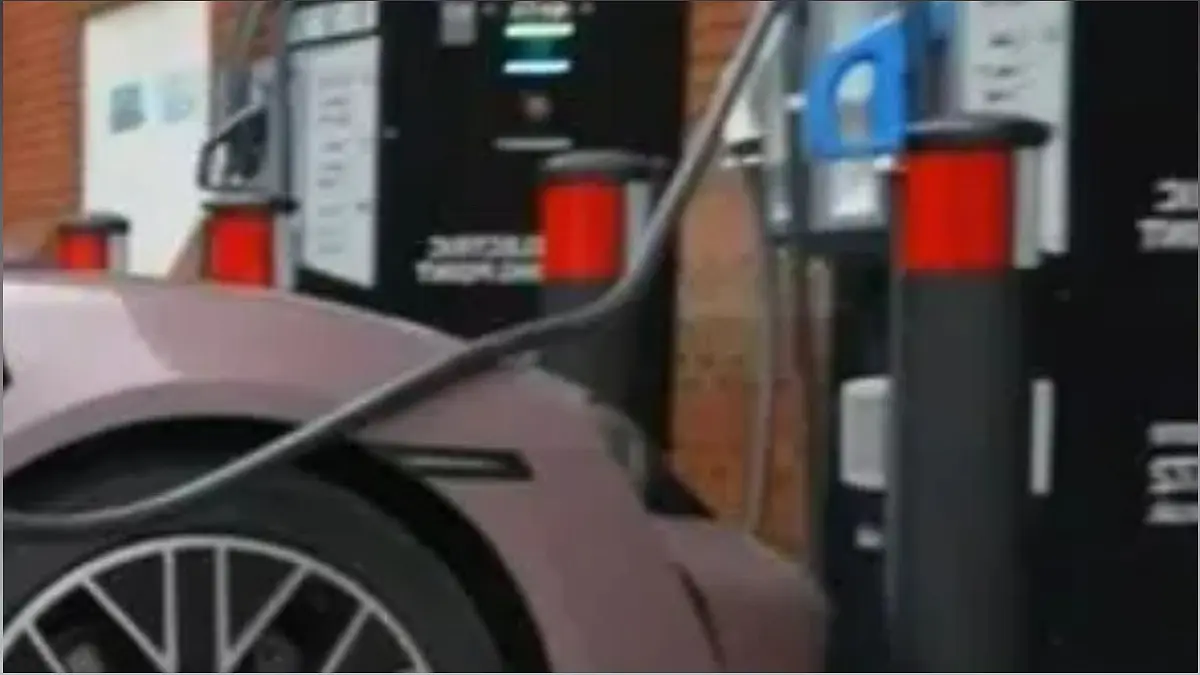In the push towards eco-friendly transportation, electric vehicles (EVs) have gained popularity. While they offer benefits such as environmental sustainability and lower maintenance costs, the reality of owning an EV can be challenging. As a content writer in the automotive industry, I have encountered several significant issues that EV owners face. From the scarcity of charging points to payment complications, let's delve into the inconveniences of owning an electric vehicle.
The Challenge of Charging Points
The scarcity of charging points poses a major difficulty for electric vehicle owners.
One of the biggest hurdles faced by EV owners is the struggle to find accessible and working charging points. In addition to the limited availability, the challenge is exacerbated by the need to locate a vacant charging spot, as well as ensuring it is compatible with the vehicle's charging specifications.
This situation is often a frustrating experience, leading to wasted time and anxiety. It requires careful planning and research in advance to identify reliable and suitable charging stations along planned routes.
Considering the growth in the electric vehicle market, the expansion of charging infrastructure is crucial in order to alleviate this challenge and promote wider EV adoption.
Payment Issues at Charging Points
Payment complications can further hamper the convenience of charging an electric vehicle.
Another significant drawback in the EV charging process are payment complications. Many charging points do not accept card payments, or even if they do, they frequently decline transaction requests.
This aggravating issue can prevent EV owners from charging their vehicles, leading to unnecessary delays and frustration. It often requires carrying various payment alternatives and depends on the geographic area and charging network provider.
Integrating user-friendly and transparent payment systems at charging stations would greatly improve the experience and usability of EVs.
Compatible Charging Connectors
The variety of charging connectors adds a layer of complexity for electric vehicle owners.
The inconsistency of charging connectors presents a frequent challenge for EV owners. With different types of connectors used in various countries and for different vehicle models, it is essential for owners to ensure they have the appropriate charging cables and adapters, depending on their charging needs.
To avoid frustration and unexpected compatibility issues, EV owners should familiarize themselves with the charging infrastructure of their local area and understand which connectors are commonly used. This way, they can be prepared for any unexpected circumstances and ensure a seamless EV charging experience.
Range Anxiety
The fear of running out of battery or experiencing limited range can cause anxiety among electric vehicle owners.
Range anxiety, a common concern among EV owners, refers to the fear of the vehicle running out of battery charge before reaching a charging point.
While the range of electric vehicles continues to improve, the concern still persists. EV owners need to carefully plan their trips, taking into account the availability of charging infrastructure along their routes to ensure they can reach their destination without complications.
As battery technology evolves and provides increased range, manufacturers and charging providers should continue their efforts to alleviate range anxiety and promote confidence in EV usage.
Conclusion
Owning an electric vehicle comes with its fair share of challenges. From the difficulty of finding available and compatible charging points to payment issues and the complexities of charging connectors, EV owners often face inconvenience and frustration. Additionally, the fear of running out of battery or experiencing limited range adds to the anxiety. However, it is important to note that these challenges are not the fault of the vehicles themselves but rather the current state of infrastructure and user experience.
As the world continues its shift towards sustainable transportation, it is crucial for governments, charging network providers, and manufacturers to address these issues. Expanding the number of charging points, implementing seamless payment solutions, standardizing charging connectors, and improving battery range will contribute to a more user-friendly electric vehicle experience. Through innovation and collaboration, we can enhance the convenience and reliability of electric vehicles, paving the way for a greener future.
FQA
Are electric vehicles worth the inconvenience?
Despite the challenges, there are numerous reasons why electric vehicles are worth considering. They are environmentally friendly, have lower maintenance costs, and contribute to reducing dependence on fossil fuels. It is important to plan and prepare for the unique aspects of owning an EV to maximize the benefits and overcome the inconveniences.
Can range anxiety be completely eliminated?
Although range anxiety can be a concern for some EV owners, it is steadily diminishing with advancements in battery technology and the expansion of charging infrastructure. Taking advantage of the growing network of charging points and utilizing tools such as smartphone apps that help locate charging stations can significantly reduce range anxiety.
How can EV charging infrastructure be improved?
Improving EV charging infrastructure includes increasing the number of charging points, ensuring their accessibility, and standardizing charging connector types globally. Additionally, integrating seamless payment systems and offering reliable and accurate information about charging point availability can greatly enhance the user experience and promote EV adoption.

